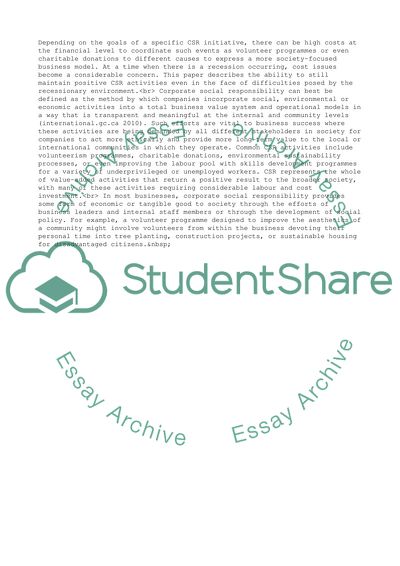Cite this document
(Corporate Social Responsibility in an Age of Recession Case Study, n.d.)
Corporate Social Responsibility in an Age of Recession Case Study. Retrieved from https://studentshare.org/business/1744503-managing-people
Corporate Social Responsibility in an Age of Recession Case Study. Retrieved from https://studentshare.org/business/1744503-managing-people
(Corporate Social Responsibility in an Age of Recession Case Study)
Corporate Social Responsibility in an Age of Recession Case Study. https://studentshare.org/business/1744503-managing-people.
Corporate Social Responsibility in an Age of Recession Case Study. https://studentshare.org/business/1744503-managing-people.
“Corporate Social Responsibility in an Age of Recession Case Study”, n.d. https://studentshare.org/business/1744503-managing-people.


